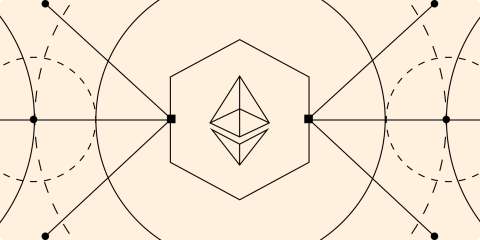Research Summary
This research study evaluates the forecasting performance of inflation swaps and survey-based expectations for one-year inflation. The study finds that inflation swaps more frequently provide better forecasts of future inflation, especially when liquidity issues during the financial crisis and the pandemic are excluded. Combining the two expectations can lead to even better forecasts, with an optimal static combination of roughly equal weighting. A dynamic smooth-transition regime switching model can also lead to superior performance and provide a clearer signal on expectations of future inflation.
Key Takeaways
Inflation Swaps vs Survey-Based Expectations
- Inflation swaps provide better forecasts: The study finds that inflation swaps more frequently provide better forecasts of future inflation, especially when liquidity issues during the financial crisis and the pandemic are excluded.
- Surveys have their own set of issues: Surveys have their own set of issues, including informational inefficiency, anchoring bias, forecast smoothing, and reputational concerns.
- Gap between survey-based measures and market-based measures: The gap between survey-based measures and market-based measures like inflation swaps is believed to be due to the presence of liquidity or risk premiums.
Combining Inflation Swaps and Surveys
- Combining the two expectations can lead to better forecasts: Combining the two expectations (inflation swaps and surveys) can lead to even better forecasts, with an optimal static combination of roughly equal weighting.
- Dynamic smooth-transition regime switching model: A dynamic smooth-transition regime switching model can also lead to superior performance and provide a clearer signal on expectations of future inflation.
- Inflation swaps imply Federal Reserve closer to its inflation target: The inflation swaps imply that the Federal Reserve is expected to be closer to its inflation target over the next year than the surveys would suggest.
Performance of Inflation Swaps and Surveys
- Inflation swaps outperform surveys: Excluding periods of the Global Financial Crisis (GFC) and the early months of the pandemic, inflation swaps outperform surveys and come closer to forecasting realized inflation about 56% of the time.
- Superior forecasts with combined measures: Combining both surveys and inflation swaps leads to superior forecasts, with roughly equal weights on both measures minimizing mean absolute error.
- Optimal weight on inflation swaps increasing: Rolling ten-year windows show that the optimal weight on inflation swaps has been steadily increasing to 0.7 most recently.
Role of Inflation Risk Premiums and Liquidity Premiums
- Significant role in longer-dated yields and inflation expectations: Studies have found that inflation risk premiums and liquidity premiums play a significant role in longer-dated yields and inflation expectations.
- Limited research on implications at shorter horizons: However, there is limited research on the implications of these premiums at shorter horizons, such as one year.
- Inflation swaps as an alternative to TIPS: Inflation swaps have been used as an alternative to TIPS and have been found to be reasonably liquid with modest bid-ask spreads.
Actionable Insights
- Consider the use of inflation swaps for forecasting: Given their superior performance in forecasting future inflation, especially when excluding periods of financial crisis and pandemic, inflation swaps could be a valuable tool for financial analysts and economists.
- Investigate the potential of combining measures: The research suggests that combining inflation swaps and survey-based expectations can lead to even better forecasts. This approach could be explored further for its potential benefits in forecasting inflation.
- Examine the role of risk and liquidity premiums: The study highlights the significant role of inflation risk premiums and liquidity premiums in longer-dated yields and inflation expectations. Further research could be conducted to understand their implications at shorter horizons.












